Vertical farming saves water, land, and energy — and it could be how we grow food on Mars.
Category: space – Page 510
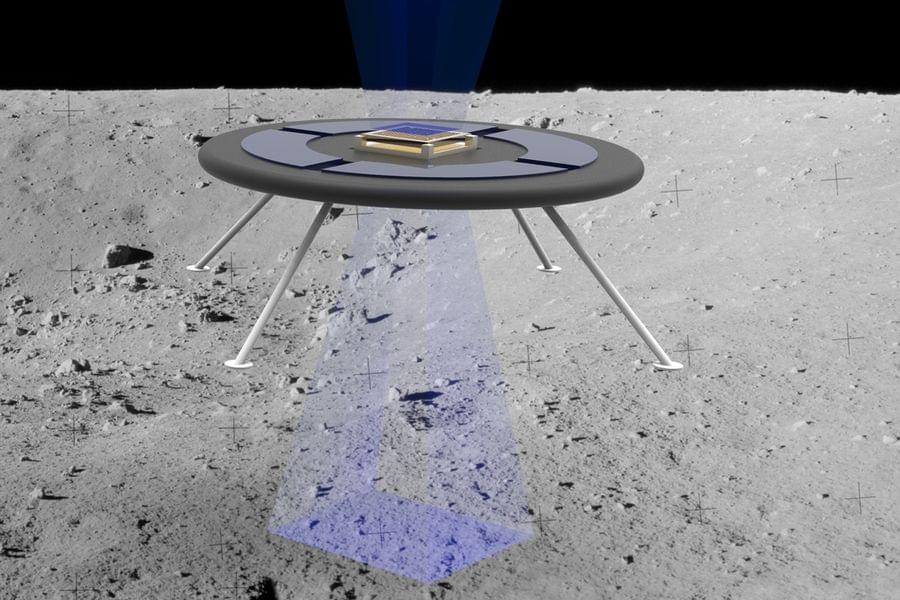
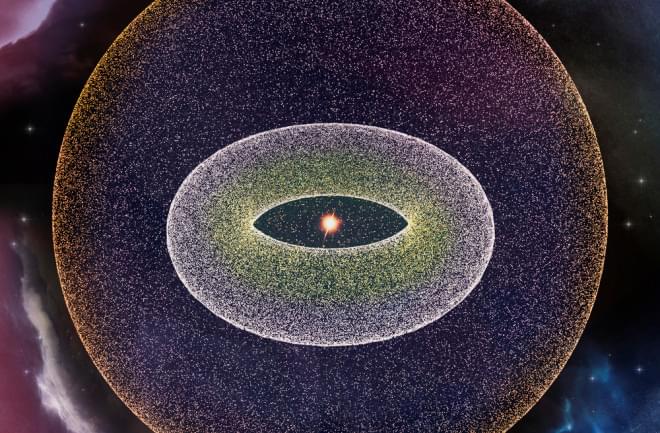
Mysteries of the Oort cloud at the edge of our solar system
The entirely theoretical cloud of icy space debris marks the frontiers of our solar system.
The Oort cloud represents the very edges of our solar system. The thinly dispersed collection of icy material starts roughly 200 times farther away from the sun than Pluto and stretches halfway to our sun’s nearest starry neighbor, Alpha Centauri. We know so little about it that its very existence is theoretical — the material that makes up this cloud has never been glimpsed by even our most powerful telescopes, except when some of it breaks free.
“For the foreseeable future, the bodies in the Oort cloud are too far away to be directly imaged,” says a spokesperson from NASA. “They are small, faint, and moving slowly.”
Aside from theoretical models, most of what we know about this mysterious area is told from the visitors that sometimes swing our way every 200 years or more — long period comets. “[The comets] have very important information about the origin of the solar system,” says Jorge Correa Otto, a planetary scientist the Argentina National Scientific and Technical Research Council (CONICET).
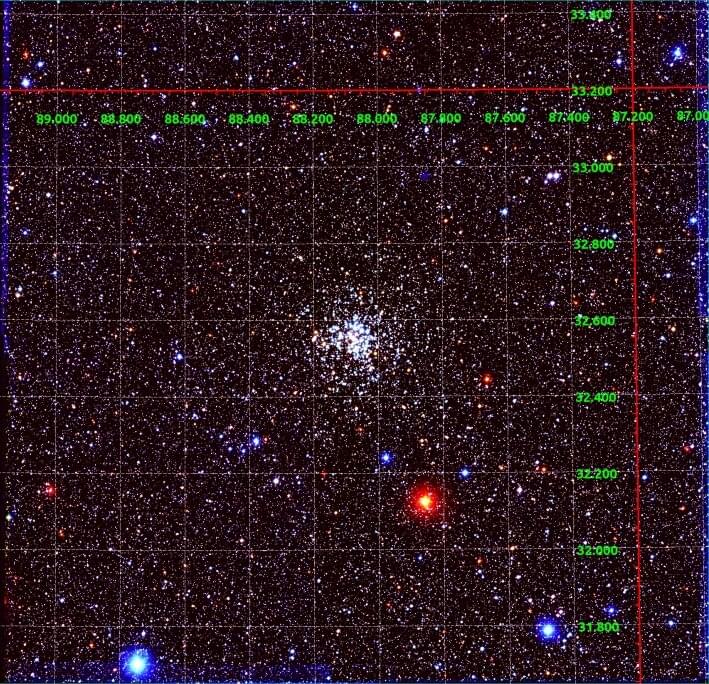
Astronomers investigate open cluster Messier 37 and its surroundings
An international team of astronomers has conducted an astrometric and photometric wide-field study of the open cluster Messier 37. As a result, the researchers completed a comprehensive catalog of more than 200,000 sources in the field of Messier 37 and identified the hottest white dwarf candidate members of this cluster. The study was detailed in a paper published July 7 on arXiv.org.
Open clusters (OCs), formed from the same giant molecular cloud, are groups of stars loosely gravitationally bound to each other. So far, more than 1,000 of them have been discovered in the Milky Way, and scientists are still looking for more, hoping to find a variety of these stellar groupings. Studying OCs in detail could be crucial for improving our understanding of the formation and evolution of our galaxy.
Messier 37 (or M37, also known as NGC 2099) is the brightest and richest Galactic OC in the constellation Auriga, located at a distance of about 4,500 light years. The cluster has a radius of at least 10 light years and a total mass of some 1,500 solar masses. The age of Messier 37 is estimated to be between 400 and 550 million years, while its metallicity is at a level of 0.02–0.08.
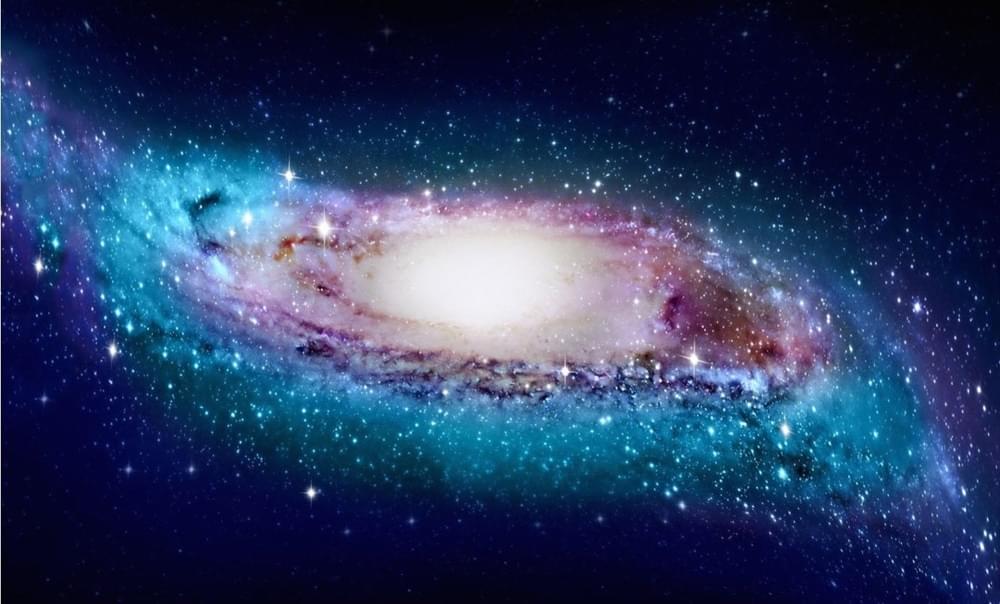
Astronomers Have Just Discovered The Largest Galaxy Ever, And It Will Break Your Brain
Astronomers have discovered a gargantuan galaxy. Alcyoneus is a massive radio galaxy 3 billion light-years away that extend 5 megaparsecs into space.
Rwanda is making strides to become a major innovation hotspot in Africa — pushing forward with digital development while also prioritizing sustainability.
The true size and power of James Webb Space Telescope’s new guide camera(FGS) deep field image. [8k]
The recent James Webb Space Telescope(JWST) guide camera’s test image looks really similar to Hubble’s deep fields, which are my favorite. I decided to take a long exposure to the same target to see what my telescope can see and compare it to JWST’s image. I found one really faint galaxy 26–32 million light-years away, and a cute planetary nebula called Abell 39, pause and see if you can find it in my image.
- Scope: Celestron RASA 8.
- Mount: Ioptron cem40.
- Camera: ZWO ASI183mm pro.
- Guide scope: ZWO mini120mm.
- Guide Camera: ZWO ASI224mc.
- Filter: Astronomik MaxFR 12nm Ha filter.
NASA article: https://www.nasa.gov/image-feature/countdown-to-the-webb-telescopes-first-images.
More of my astrophotography work on Instagram.
https://www.instagram.com/ethan_gone/
Epic music: Omega by Scott Buckley.
Scott Buckley is an amazing musician, check out his work:
www.scottbuckley.com.au/library.
https://www.youtube.com/channel/UCUuUqWLLsUjheuYkP9AWxTA
The James Webb Space Telescope opens for business
Astronomy will never be the same again | Science & technology.
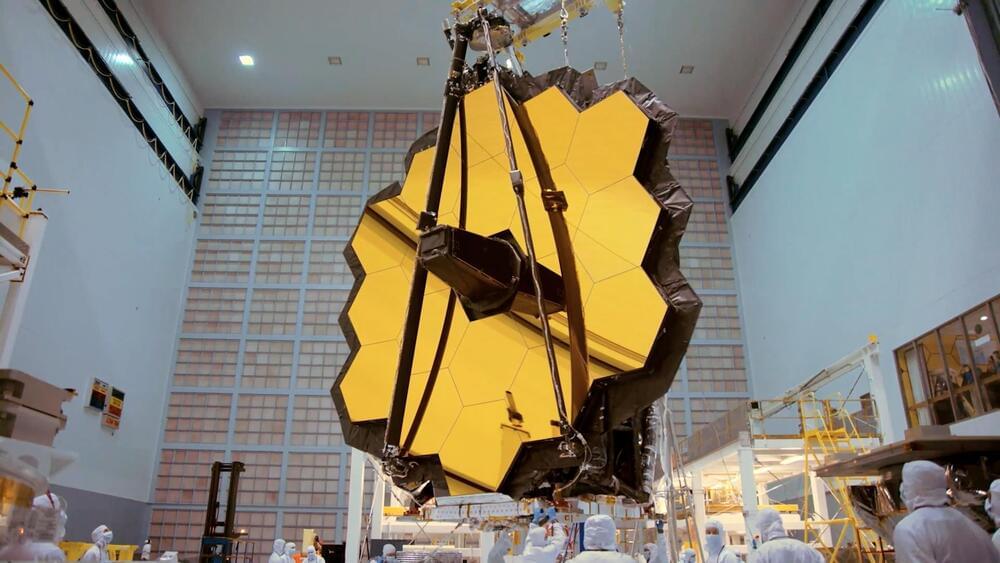
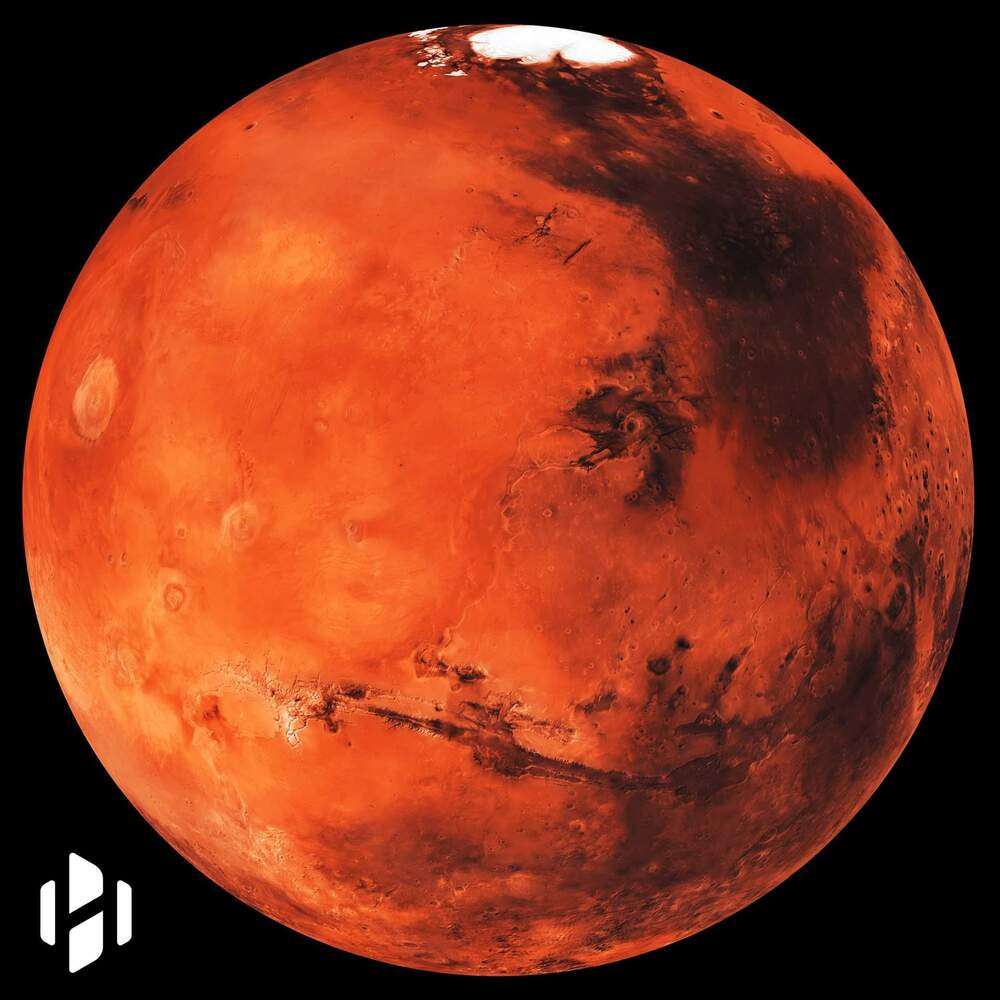
25 years ago, NASA landed its first rover on Mars — and catalyzed the search for life
Pathfinder brought the first rover to the Martian surface. The mission paved the way for Spirit, Opportunity, Curiosity, and Perseverance.